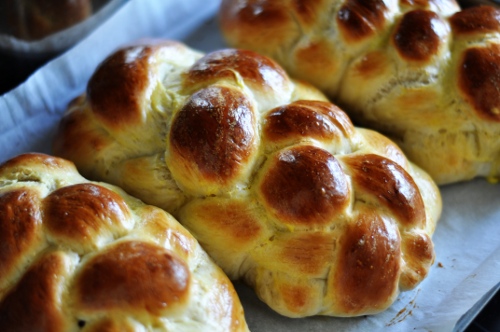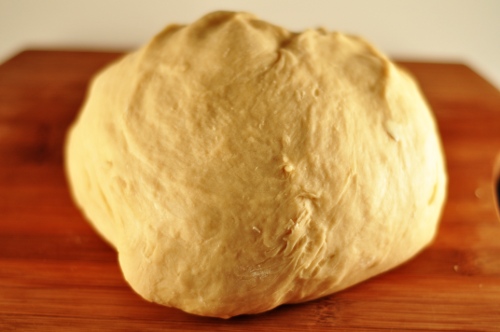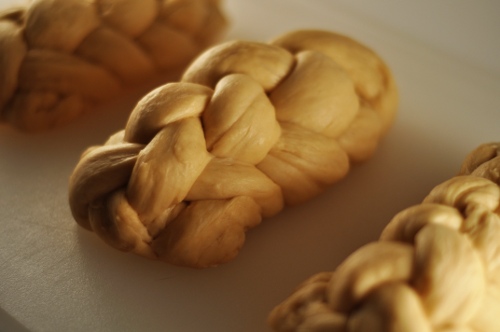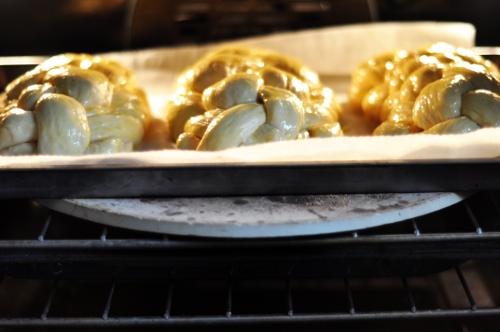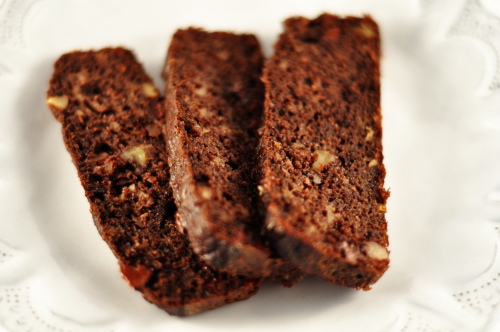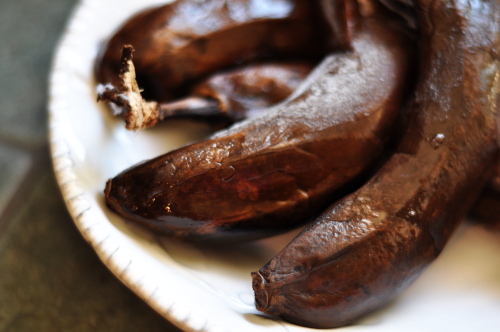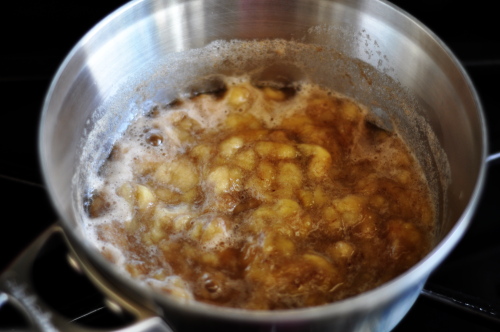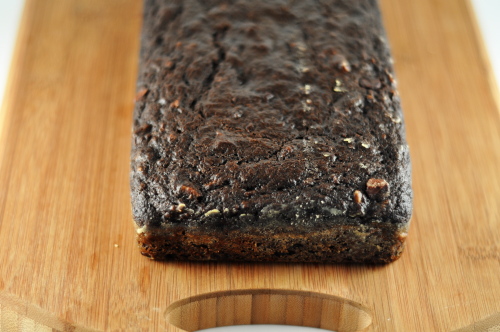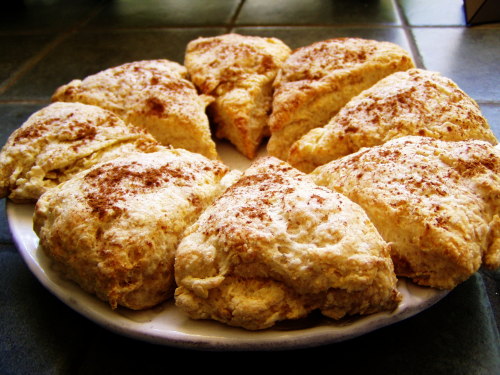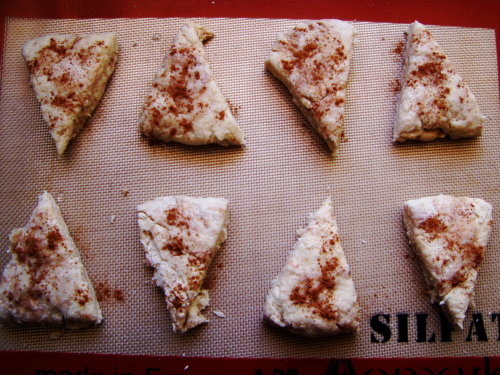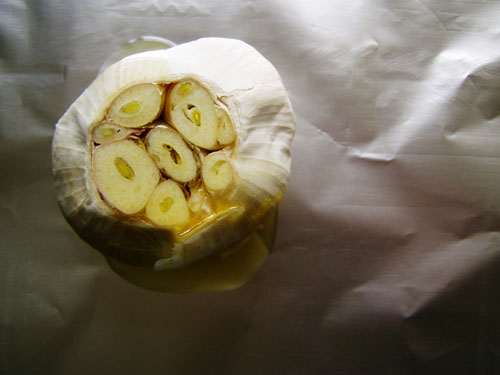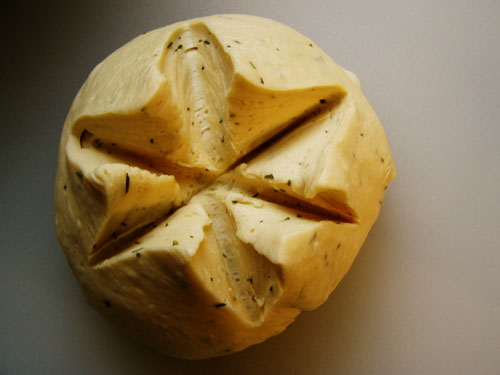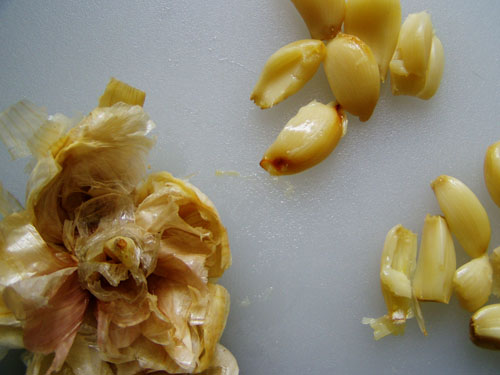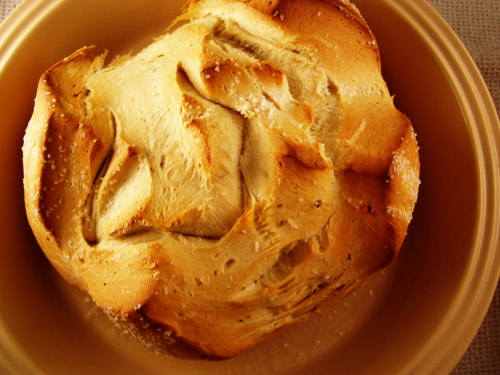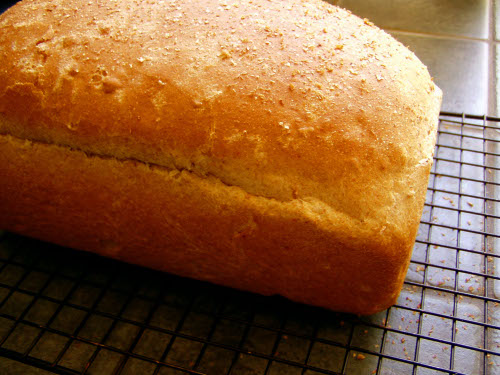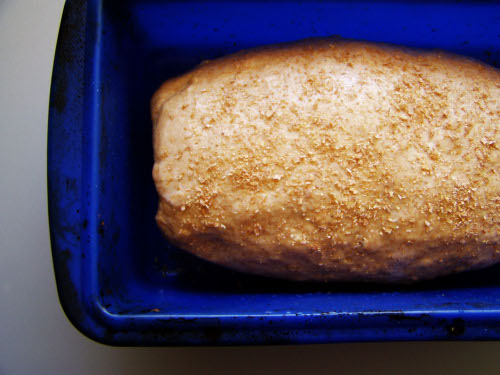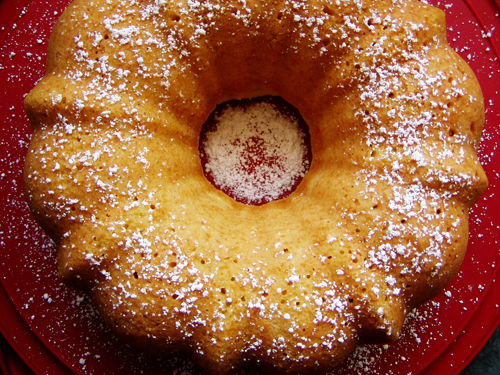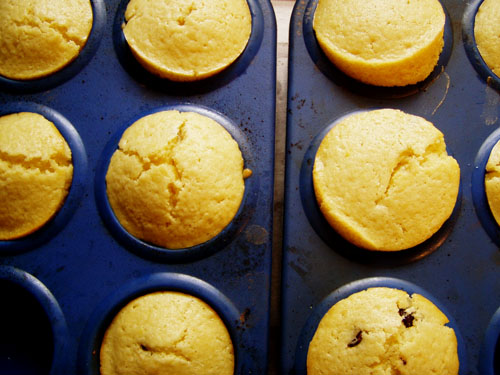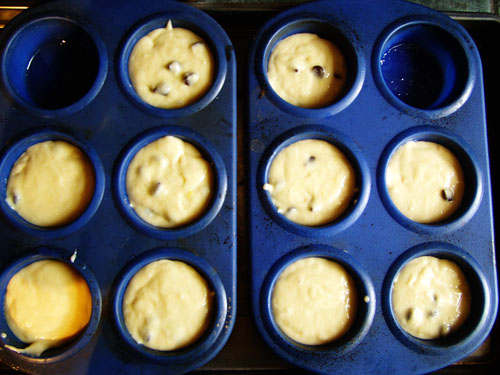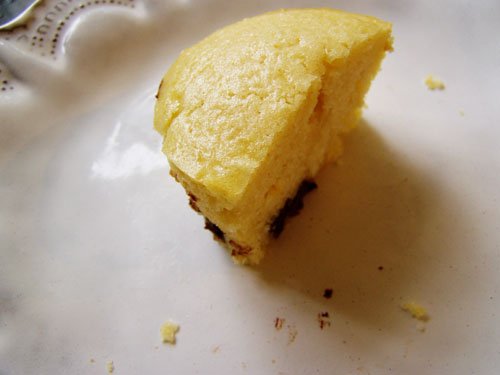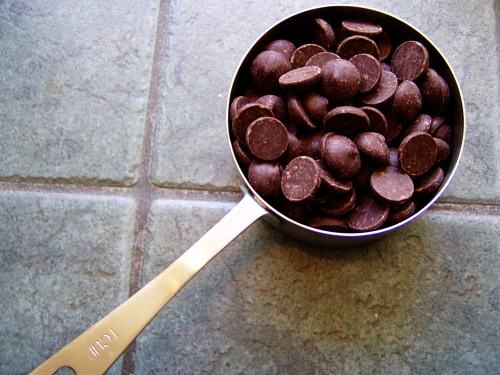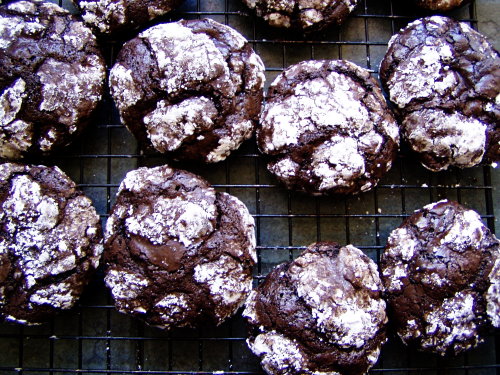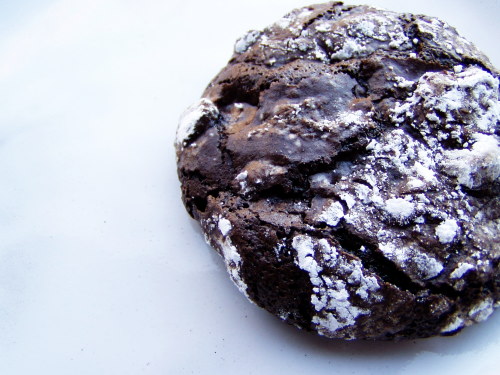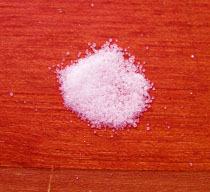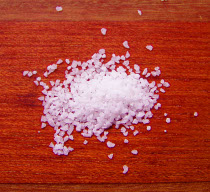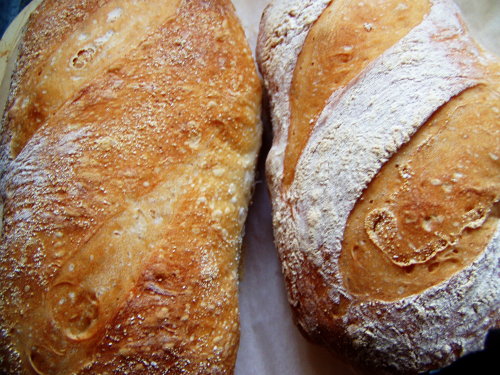Sat 22 Aug 2009
While You Sleep | Challah
Posted by Bria under Baking
[416] Comments
I can’t go another day without sharing my go-to challah recipe with you. It’s actually my mom’s recipe, which just goes to show that you don’t have to be born Jewish to inherit a perfect recipe for a most emblematically Jewish food. On occasion, I turn to the recipe in Joan Nathan’s splendid Jewish Cooking In America, her amazing oeuvre that reads the way I think a Jewish cookbook should – rich headnotes and historical asides paired with flawlessly-voiced procedures. Though I love Joan’s recipe, I confess that I find it a bit rich for regular use. I wax rhapsodically through phases of regular Shabbat observance in the form of Friday night dinners with candles and challah. For those weekly episodes, my mom’s recipe triumphs. Light and simple, the dough can be thrown together on Thursday evening and baked on Friday, either in the morning or just before dinner. To wit, I started a batch at 11pm a few weeks ago so that I could bake the loaves before work the following day in order to send them to friends in other cities (long story). A bit of mixing, a bit of kneading, a brief rest (while I cleaned the kitchen and brushed my teeth), and they were ready to shape before bed. Overnight, the refrigerator’s cool embrace slowly coaxed the yeast to plod along its flavor-making path gently and smoothly, just the way yeast prefers. Laboring while I slept, the bread readied itself for a morning bake. Perfect.
In the morning, the smell emanating from the kitchen was warm and sweet. It crept down the hall and into our bedroom, rousing my sleepy husband who wandered into the kitchen asking “are there pancakes?” as he rubbed his bleary eyes. Thankfully, he wasn’t disappointed to find that I was making challah instead, and that one of the three loaves was for him.
One request: please learn to say it correctly. HAH-lah. The first sound is a soft, guttural ‘h’ and not a hard ‘ch’ as in chalk.
I should note that this dough is infinitely adaptable to whatever shape you like. In elementary school, my mom would shape the loaves to look like teddy bears, which we would adorn with chocolate chip eyes and noses before presenting them to my teachers as Christmas gifts. I will give you a few minutes to join me in giggling at the irony of using challah dough to make Christmas bears for my teachers in Utah, the only place where Jews are considered gentiles. It’s the little things that make me smile. Shabbat shalom, my friends.
(Keep reading Challah…)
